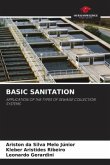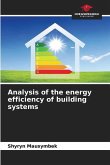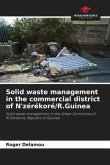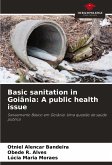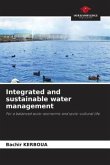This study investigates the use of direct pumping systems in water supply networks using a PID control system to control pressure in water distribution networks, through a motor pump set driven by a frequency inverter. For this purpose, an experimental bench was used, simulating a real supply system (LENHS/UFPB). The hydro-energy efficiency of the direct pumping system was evaluated based on tests using the conventional scenario (without a controller) and employing the control system in situations of maximum and minimum demand. A case study was also conducted in the Pressure Zone of Reservoir R-11 (João Pessoa/PB) to verify that the implementation of the frequency inverter can generate hydroenergy gains in the supply system. The results obtained demonstrated the success of the controlled system, as the use of the controller coupled with the frequency inverter provided a reduction in operating pressures and water consumption. The results were also positive for the case study, as there were energy savings and reductions in the pressures supplied.
Bitte wählen Sie Ihr Anliegen aus.
Rechnungen
Retourenschein anfordern
Bestellstatus
Storno



